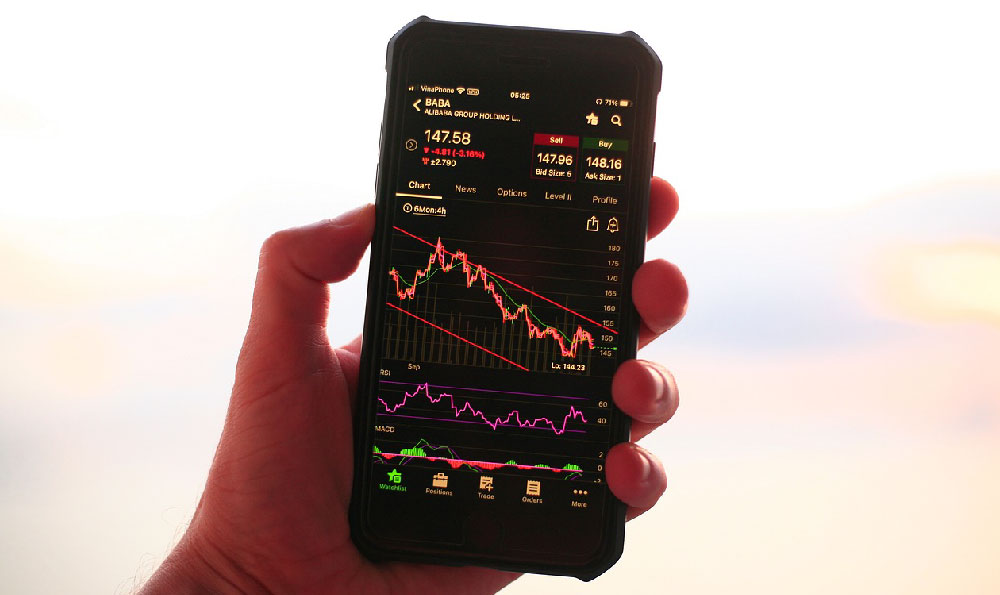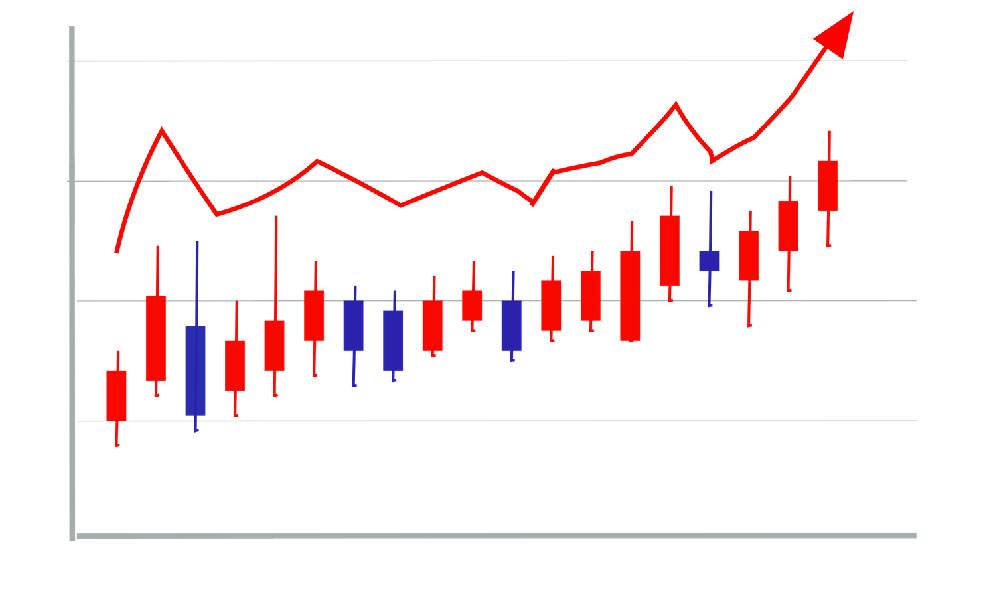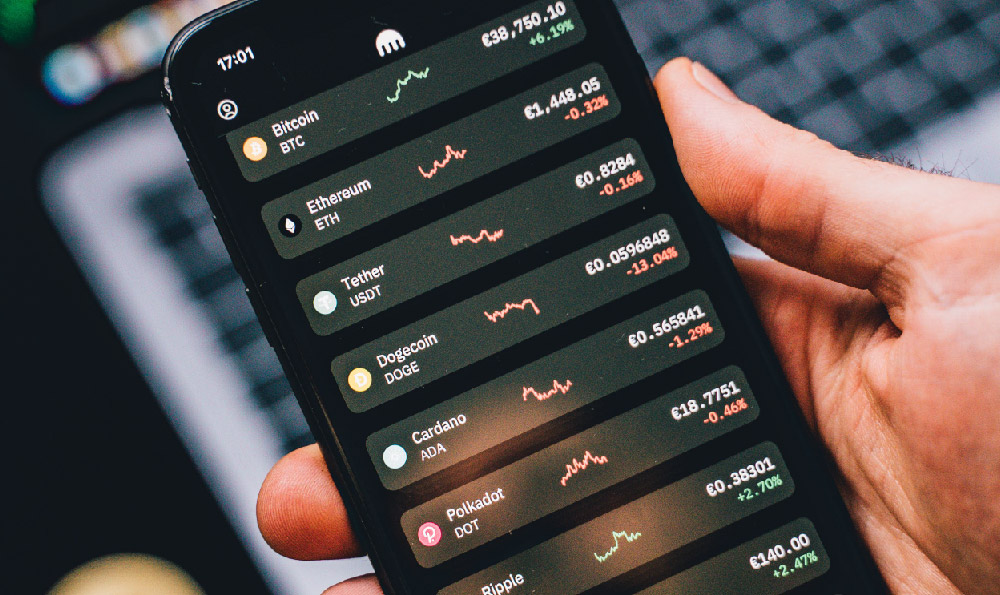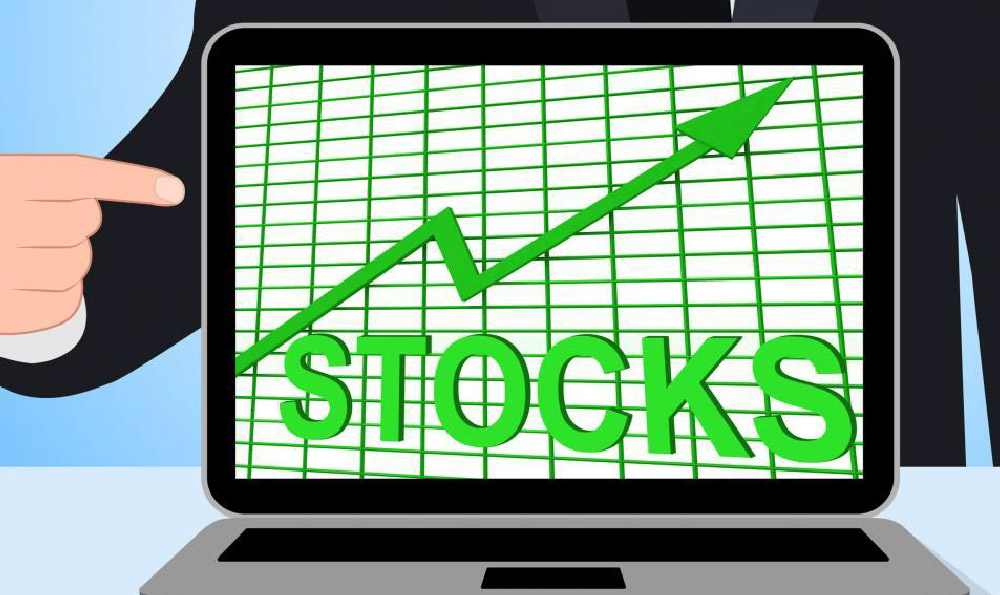The realm of “gig economy” platforms like Uber Eats has opened avenues for individuals to generate income with a flexible schedule. While the allure of being your own boss and setting your own hours is strong, understanding the intricacies of maximizing profit on Uber Eats is crucial for transforming this from a side hustle into a substantial income stream. Success in this field requires more than just showing up; it demands a strategic approach, a keen understanding of market dynamics, and diligent management of expenses.
The fundamental strategy for profiting on Uber Eats is, unsurprisingly, optimizing efficiency. Time is your primary asset, and minimizing wasted time directly translates to increased earnings. This begins with selecting the right delivery zones. Thoroughly research areas within your city or region where demand is consistently high. Look for zones with a high concentration of restaurants and a substantial population of potential customers. Areas near universities, business districts, and densely populated residential areas are typically good starting points. Regularly monitor the Uber Eats app to identify peak hours and high-demand areas. Surge pricing, indicated by higher delivery fees during these times, presents a prime opportunity to maximize your earnings per delivery. However, be mindful that surge pricing can also attract more drivers, potentially diluting the profit pool.
Beyond choosing the right zones and times, optimizing your delivery route is paramount. Familiarize yourself with the local road network and identify the quickest routes between popular restaurants and delivery locations. Utilize navigation apps like Google Maps or Waze to avoid traffic congestion and road closures. Consider investing in a smartphone mount and a hands-free device to ensure safe and efficient navigation while driving. The goal is to minimize travel time and maximize the number of deliveries you can complete within a given timeframe.

Vehicle efficiency plays a significant role in profitability. Fuel costs are a major expense for Uber Eats drivers, so choosing a fuel-efficient vehicle is a smart investment. Hybrid or electric vehicles can significantly reduce your fuel consumption and environmental impact, ultimately boosting your net earnings. Regularly maintain your vehicle to ensure optimal performance and fuel efficiency. This includes routine oil changes, tire rotations, and brake inspections. A well-maintained vehicle not only saves you money on fuel but also reduces the risk of costly repairs and downtime.
Acceptance rates on Uber Eats can also influence earnings. While it's tempting to decline orders that appear less profitable or involve longer distances, consistently declining orders can negatively impact your acceptance rate, potentially leading to fewer delivery opportunities. Strive for a balance between accepting profitable orders and maintaining a reasonable acceptance rate. Analyze each order carefully before accepting it, considering the distance, delivery fee, and estimated time to completion. Remember that some orders may include hidden tips, which can significantly increase your overall earnings.
Effective expense management is just as crucial as maximizing revenue. Track all your expenses meticulously, including fuel costs, vehicle maintenance, insurance, and any other relevant costs. Utilize a spreadsheet or expense tracking app to monitor your spending and identify areas where you can cut back. Remember that many of these expenses are tax-deductible for independent contractors, so keeping accurate records is essential for minimizing your tax liability.
Insurance coverage is a critical, and often overlooked, aspect of Uber Eats driving. Your personal auto insurance policy may not cover you while you are engaged in commercial activities, such as delivering for Uber Eats. Consider obtaining a supplemental insurance policy that specifically covers rideshare or delivery driving. This will protect you financially in the event of an accident or other unforeseen circumstances.
Customer service is a key differentiator that can lead to higher tips and repeat business. Strive to provide excellent service to every customer, including being prompt, courteous, and professional. Communicate clearly with customers about any delays or issues that may arise. Ensure that the order is delivered accurately and in good condition. A positive customer experience can lead to higher tips and positive reviews, which can further enhance your earning potential.
The "How Much Can You Earn?" question is multifaceted and highly dependent on various factors. Your location, the hours you work, the efficiency of your strategies, and the demand in your delivery zone all contribute to your potential earnings. It’s not a get-rich-quick scheme, but a consistent, strategic approach can yield a decent supplemental income, and for some, even a full-time living. Average hourly earnings can fluctuate significantly, but drivers who consistently implement the strategies outlined above can typically earn between $15 and $25 per hour before expenses. After deducting fuel costs, vehicle maintenance, and other expenses, net earnings may range from $10 to $20 per hour.
Ultimately, profitability on Uber Eats is not a guarantee, but rather a product of careful planning, diligent execution, and continuous adaptation. By optimizing your delivery strategy, managing your expenses effectively, and providing excellent customer service, you can significantly increase your chances of success and transform Uber Eats from a simple side gig into a sustainable and profitable income source. The landscape is competitive, but with the right approach, you can carve out your niche and thrive in the on-demand delivery economy.











